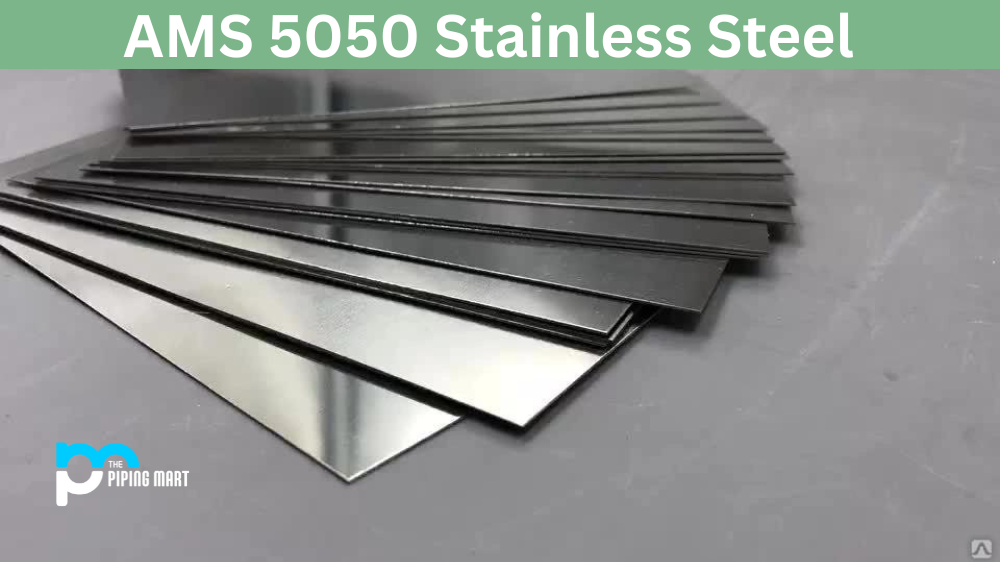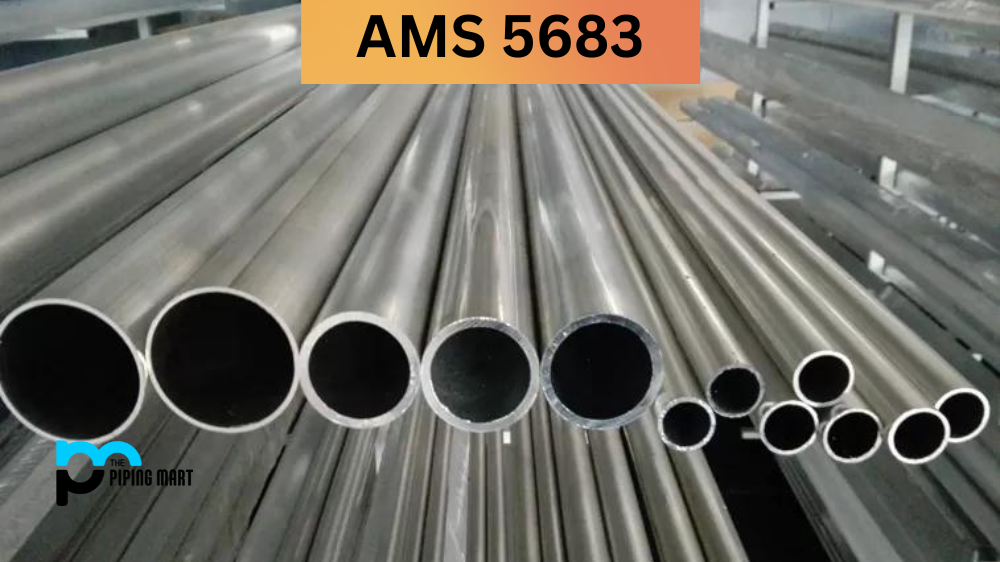When it comes to selecting metal for a specific task or project, it’s essential to have all the information on hand to make an informed decision. That’s why understanding the properties, composition, and applications of various stainless steel grades like 384 stainless steel is crucial. In this blog post, we will explore everything you need to know about 384 stainless steel, from its composition to its uses and heat treatment. So let’s get started!
What is 384 Stainless Steel?
384 stainless steel is a high-grade, martensitic stainless steel that belongs to the 400 series family. It is a modification of the 410 stainless steel with increased molybdenum. This modification improves its corrosion resistance, strength, and other properties.
384 Stainless Steel Composition
384 stainless steel comprises carbon, manganese, phosphorus, sulfur, silicon, chromium, nickel, and molybdenum. It contains a minimum of 11.5% chromium and a maximum of 14% chromium, with a nickel content of between 1% and 2%. Adding molybdenum enhances the resistance to pitting and crevice corrosion, essential for improved performance in harsh environments.
| Element | Content (%) |
|---|---|
| Iron, Fe | 63 |
| Nickel, Ni | 18 |
| Chromium, Cr | 16 |
| Manganese, Mn | 2.0 |
| Silicon, Si | 1.0 |
| Carbon, C | 0.080 |
| Phosphorous, P | 0.045 |
| Sulfur, S | 0.030 |
384 Stainless Steel Mechanical Properties
Due to the high carbon content, 384 stainless steel has excellent strength and hardness. It has a tensile strength of between 700 and 1050 MPa and a yield strength of 485 MPa. Its high strength makes it suitable for heavy-duty applications, including in the automotive and aerospace industries.
| Properties | Metric | Imperial |
|---|---|---|
| Tensile strength | 515 MPa | 74700 psi |
| Yield strength (@strain 0.200%) | 240 MPa | 34800 psi |
| Elastic modulus | 193 GPa | 28000 ks |
| Poisson’s ratio | 0.27-0.30 | 0.27-0.30 |
| Elongation at break (in 50 mm) | 55.00% | 55.00% |
| Hardness, Brinell (converted from Rockwell B hardness) | 123 | 123 |
| Hardness, Knoop (converted from Rockwell B hardness) | 138 | 138 |
| Hardness, Rockwell B | 70 | 70 |
| Hardness, Vickers (converted from Rockwell B hardness) | 129 | 129 |
384 Stainless Steel Physical Properties
384 stainless steel has a density of 8.00 g/cm³ and a melting point of approximately 1400°C. It also exhibits good thermal conductivity, electrical conductivity, and magnetic permeability.
| Properties | Metric | Imperial |
|---|---|---|
| Density | 8.00 g/cm3 | 0.289 lb/in³ |
384 Stainless Steel Thermal Properties
| Properties | Metric | Imperial |
|---|---|---|
| Thermal expansion co-efficient (@0-100°C/32-212°F) | 17.3 µm/m°C | 9.61 µin/in°F |
| Thermal conductivity (@100°C/212°F) | 16.3 W/mK | 113 BTU in/hr.ft².°F |
384 Stainless Steel Equivalents
- ASTM A493
- SAE 30384
- SAE J405
384 Stainless Steel Uses
384 stainless steel is commonly used in various applications, including cutlery, surgical instruments, valves, pumps, and shafts. Its high strength and hardness make it suitable for heavy machinery, turbine blades, and steam turbines. It is also commonly used in high-temperature applications.
384 Stainless Steel Corrosion Resistance
Adding molybdenum in 384 stainless steel enhances its resistance to pitting and crevice corrosion. This makes it ideal for use in harsh environments such as marine and chemical processing industries. It also exhibits good resistance to oxidation and sulfidation.
384 Stainless Steel Heat Treatment
384 stainless steel is heat treatable, and its hardness can be improved by different heat-treatment processes such as annealing, tempering, and quenching. Annealing can be done at a temperature of 1600-1800°F for at least 2 hours, followed by slow cooling to room temperature. Tempering is also done at a temperature between 1000-1100°F for at least 2 hours, followed by air cooling. Quenching is done by heating to a temperature between 1850-1950°F and then rapidly cooling in air or oil.
384 Stainless Steel Machining
384 stainless steel is machinable but requires special handling due to its high hardness. It is recommended to use a coolant to avoid overheating and to maintain rigidity. It is also essential to use high-speed steel or carbide tooling to maintain sharpness.
384 Stainless Steel Welding
Welding type 384 stainless steel is a safe and reliable process with proper methods and materials. To maximize corrosion resistance, welds should be performed with an argon-arc welding technique to minimize heat input and avoid thermal or mechanical overstressing. Proper preheating of the joint is also recommended for better results.
Conclusion:
In conclusion, understanding the properties of 384 stainless steel is essential for selecting it for specific applications. Its strength, hardness, good thermal conductivity, and corrosion resistance make it ideal for various high-stress applications. From cutlery to surgical instruments, valves to heavy machinery, 384 stainless steel is an excellent choice. Understanding its heat treatment processes and machining requirements is crucial to maintaining its integrity and performance. So, next time you consider selecting stainless steel for your project, remember to include 384 stainless steel.

Meet Bhavesh, a seasoned blogger with a wealth of knowledge and experience. From metal products manufacturing to retail, Bhavesh has a diverse background in various industries and is dedicated to sharing his insights and expertise with readers.




